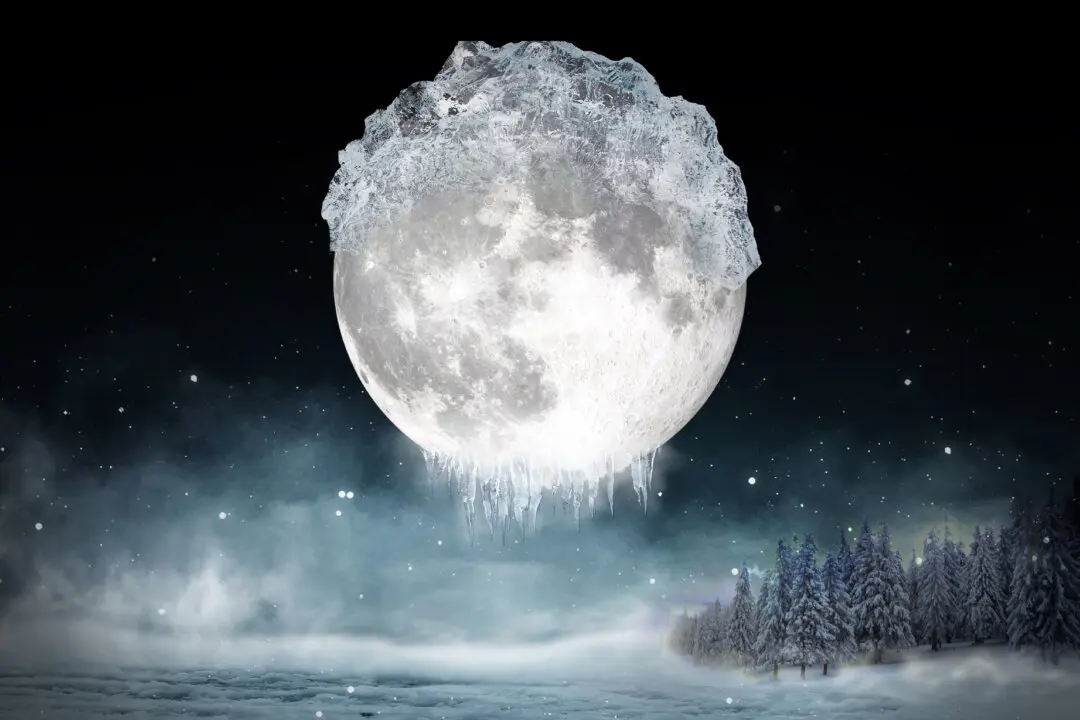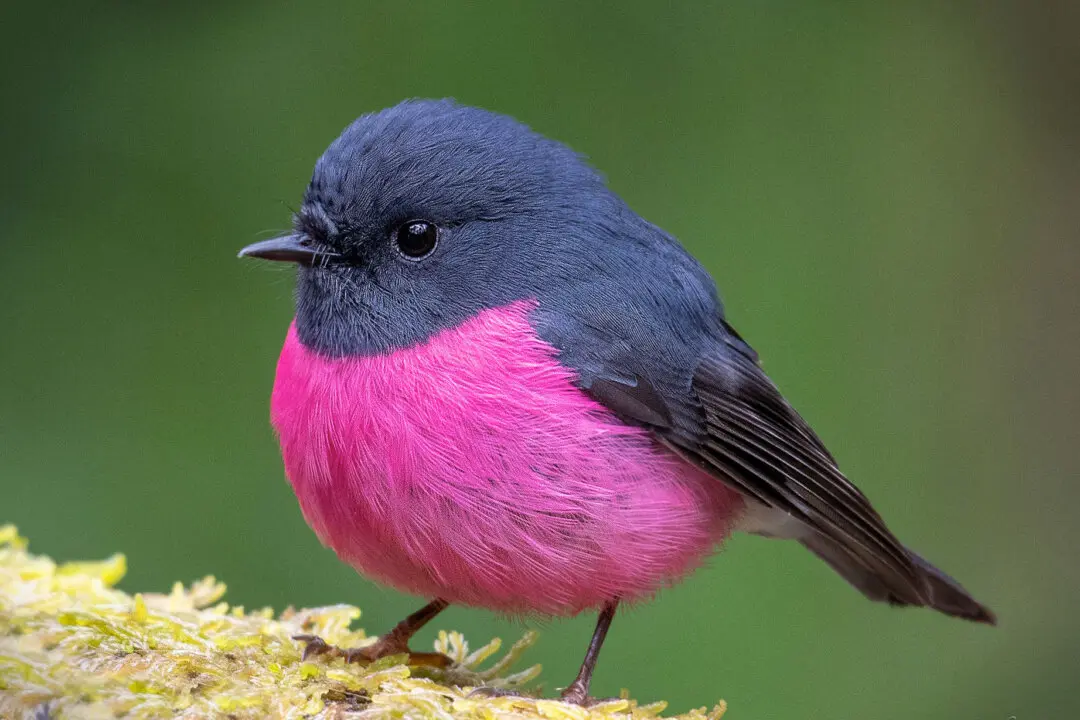Scientists from the University of Florida have rediscovered a species of bee so rare it was thought to be lost.
The blue calamintha bee was first described in 2011, and it hasn’t been seen since 2016. Initial sightings located the bee in only four places within a 16-square-mile area at Lake Wales Ridge in central Florida, which is a “globally recognized biodiversity hotspot,” according to a press release. The species is highly localized and feeds on the blooming Ashe’s calamint plant, which is endangered.






